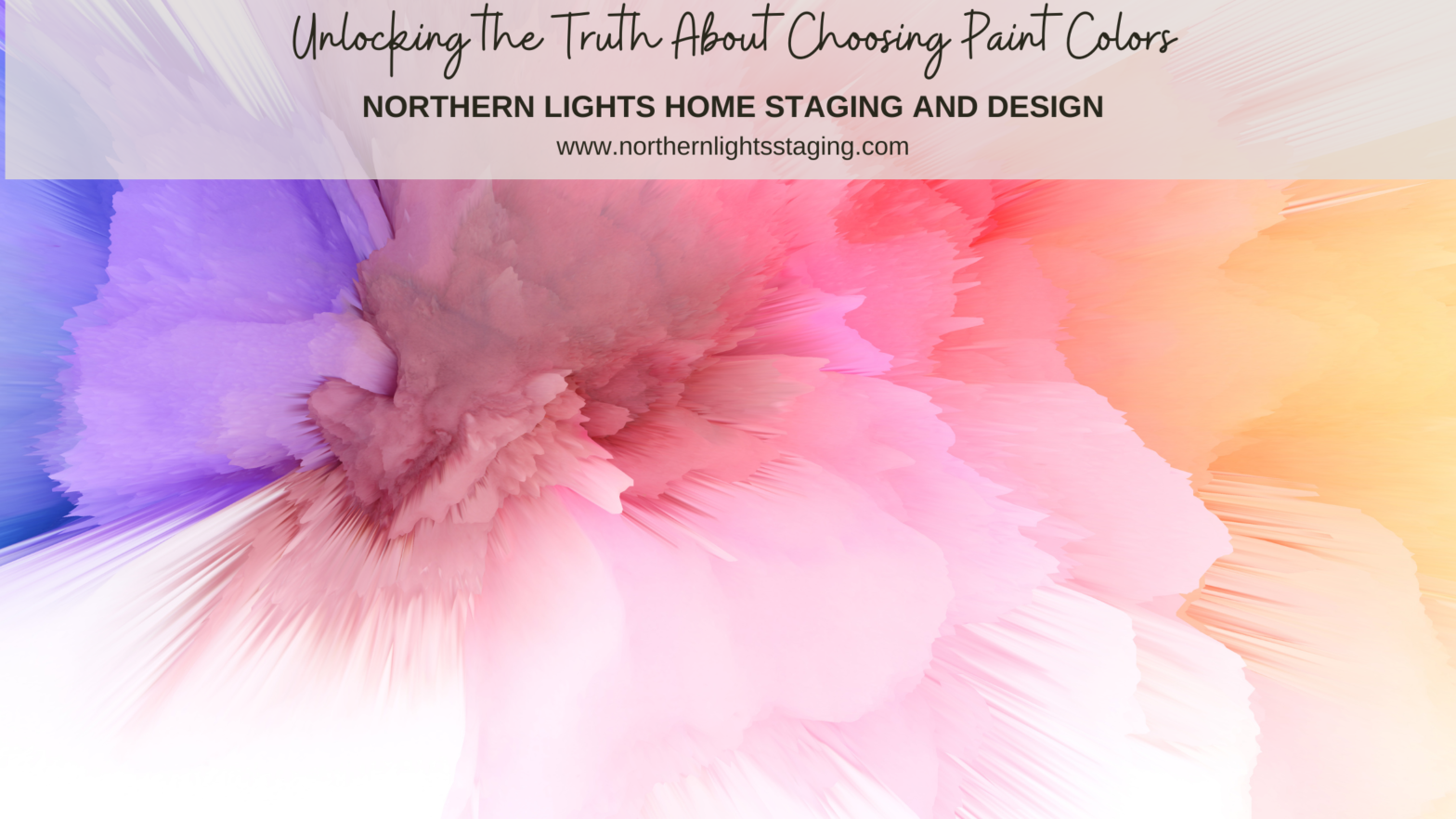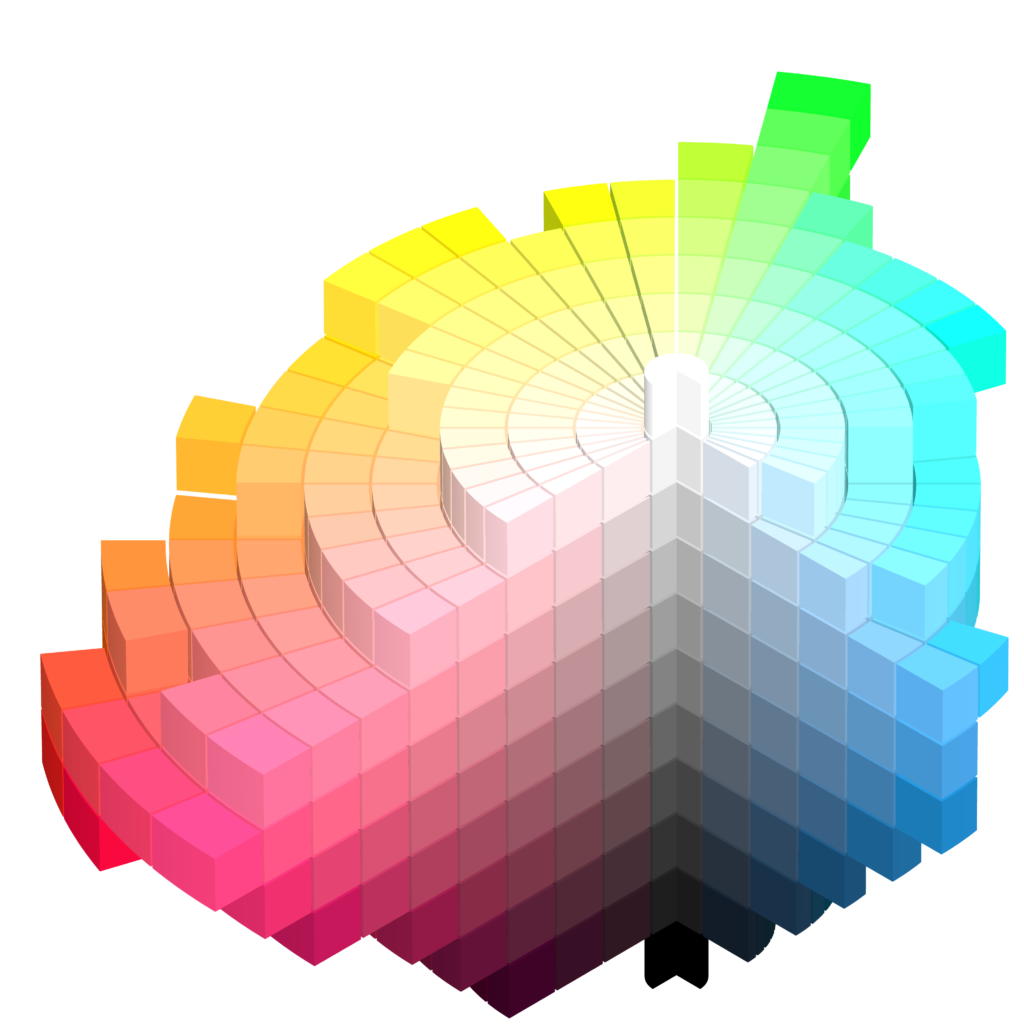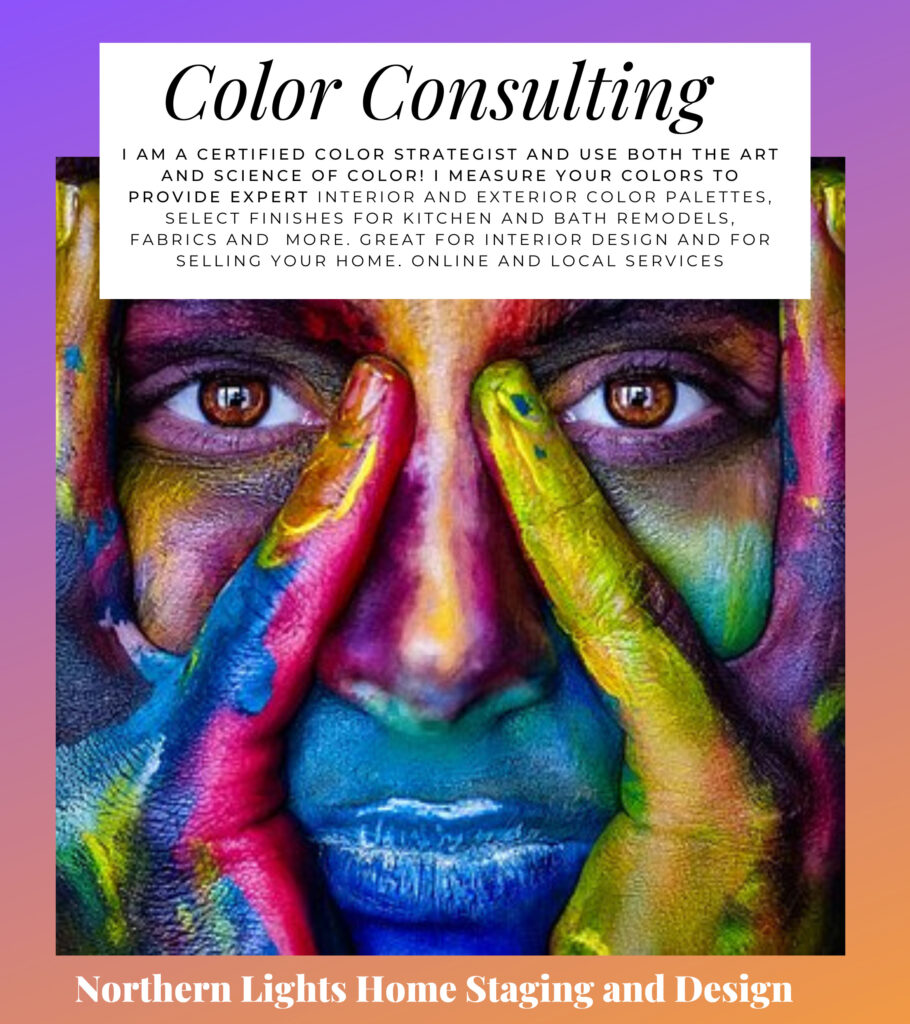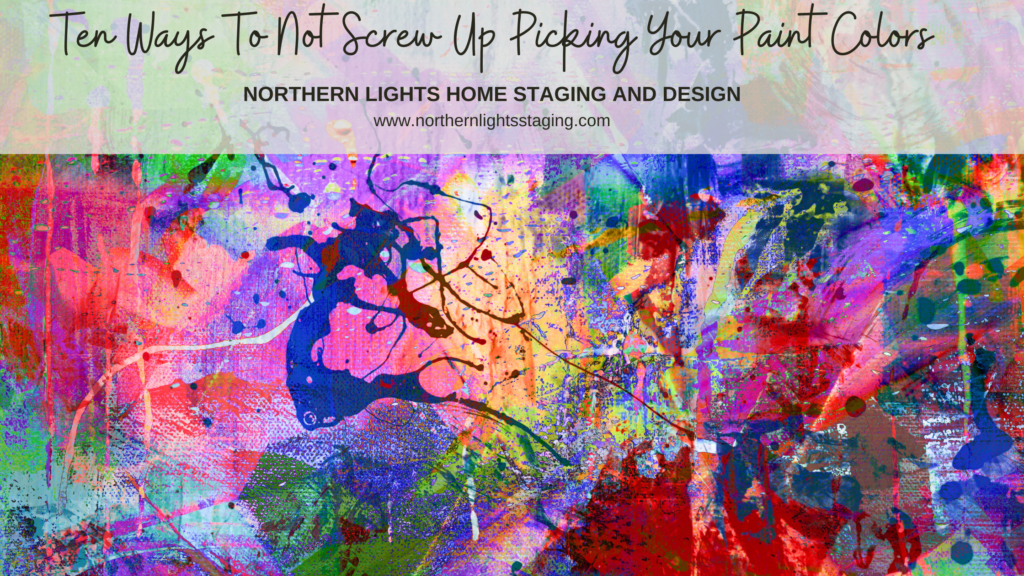Unlocking the Truth About Choosing Paint Colors
Choosing paint colors can be a daunting task, causing stress and potential costly mistakes. Why is it so challenging? The truth is, much of the advice out there on selecting harmonious paint colors is misleading. Making the wrong choice can either drain your wallet or haunt you daily in your living space. Let’s set the record straight.”
Seeking Answers in All the Wrong Places
Perhaps you’ve scoured blogs by renowned color experts or relied on the advice of your local paint store. Maybe you’ve taken to online forums like Houzz, seeking the perfect color for your space, only to receive a multitude of well-intentioned yet ultimately inconclusive responses. It’s possible you trust your own color intuition implicitly, thinking you’ve got it all figured out. But how’s that working for you?
I embarked on a personal journey to comprehend the intricacies of color, and I’ve come to a profound realization. I now understand more than ever why people grapple with paint color choices and why costly mistakes are nearly inevitable. I’ve been down that road myself!”

I’ve always had a deep love for color and a keen sense of what shades complemented each other. My exceptional memory for colors served me well when shopping for items that needed to match a particular hue. I relied on my innate ‘color sense’ for years.
When I started my home staging and design business, I quickly realized the significance of selecting the right paint colors to help homeowners sell their properties.
While I grasped the importance of neutral tones to appeal to a broader spectrum of buyers, the process of picking specific colors often boiled down to following guidelines created by others. These guidelines were often based on personal, subjective opinions and their own ‘color sense.’ Unfortunately, the rationale behind these color choices was rarely explained in detail.

Desiring a deeper understanding and grappling with the challenge of identifying ‘undertones,’ I decided to undergo color training to become a certified color expert. The training provided insights into identifying ‘warm and cool’ color schemes and recognizing ‘undertones.’ However, these insights were based on the trainer’s visual perception, leaving me without clear instructions on how to determine ‘undertones’ independently. Essentially, I was instructed to assess colors against a ‘white’ background and rely on my own visual perception.
My quest for knowledge led me to explore various blogs and podcasts by numerous ‘color experts,’ each of whom had developed their unique methods for explaining color relationships and their perceptions of what worked harmoniously together. The conflicting information left me feeling increasingly bewildered.
At one point, I even considered the possibility that paint companies held the secret to understanding undertones. I reached out to them, seeking answers about whether certain colors would complement one another. I spent hours examining color fan decks, convinced that hidden secrets lay in the arrangement of colors on those sheets. I couldn’t have been more wrong!”
My understanding of how color worked seemed to improve over time. I had accumulated a wealth of ‘rules of thumb,’ advice, and lists of harmonious color combinations from well-intentioned color experts. Yet, a sense of mystery persisted, and I felt like I hadn’t truly grasped the essence of color theory, especially given the divergent approaches of these experts.
The Turning Point: The Science of Color
My quest for answers eventually led me to the world of color science—a turning point in my journey. Here, I discovered how color truly operates, from the principles governing its behavior to the rules of color order, and how to solve intricate color puzzles.
I learned that the term ‘undertone,’ often used by those who lack an understanding of color science, is an inaccurate description. It merely represents a subjective opinion of color based on individual visual perception. Remarkably, we all perceive color in our unique ways.
My breakthrough came when I enrolled in ‘The Four Pillars of Color,’ a course taught by Lori Sawaya through Camp Chroma. This course introduced me to the Munsell Color System, a century-old foundation for comprehending color. It provides the framework for how colors are organized, how paint shades are determined, and how color remains consistent in various products. It specifies colors based on three properties of color: hue (basic color), chroma (color intensity), and value (lightness).
Each color can be likened to having its own ‘DNA,’ consisting of four distinct aspects that render it unique. While it may sound intricate, this system offers an orderly and logical approach to understanding color.”
I discovered that the fan decks from paint companies lack logical ordering, and the concept of ‘undertones,’ as most color experts use it, doesn’t hold water. Surprisingly, a significant portion of the color information available is simply incorrect.
While some artists and designers may dismiss the use of science as a fun spoiler, I challenge them to consider whether they’ve ever made color mistakes and wished they had a clear understanding of why. Are they aware that each person perceives color slightly differently? How can they be certain that their perception aligns with that of their clients? Relying solely on ‘color sense’ is a highly subjective approach. Even those who believe they’ve found a magic formula through color-measuring tools and apps can benefit immensely from comprehending the underlying data and its practical applications.
The True Magic Lies in Blending Art and Color Science
In truth, selecting appealing color combinations still hinges on your personal preferences and those of your clients. There exists a beautiful synergy between the art and science of color selection. A proficient color strategist possesses the ability to merge these elements seamlessly, offering not only a keen eye for color but also the scientific knowledge to refine selections. With the right expertise, the perfect colors become an achievable reality.
Get Your Colors Right the First Time
Now that you understand more about color, why not let me help you get your colors right with a science based color consultation?
Aligned Design©– All Rights Reserved.
Terms of Service | Privacy Policy | Disclaimer | Brochure
Prices are subject to change without notice.
Call 907-362-0065 today







A really informative article. Helpful to clients to know how much you bring to the table – color expertise is invaluable!
Thank you Jeri! Color really makes magic happen in a space. Thanks for reading:)
Understanding color is so critical to the design process and choosing paint is where so many homeowners go wrong! Great post, Mary Ann!
Yes, I can see why it is so hard for people when there is so much conflicting and confusing information on the internet about color! Thanks for reading!
Paint is always the first things people want to pick out when in fact, it really should be the last thing.
Very informative post.
Exactly! People should always nail down their fixed finishes first such as countertops, flooring, etc. It is much easier to find paint colors to work with them than the other way around. I think sometimes painters believe the painting should be done first and pressure homeowners into making that choice first. Just another reason to work with a designer and come up with your whole plan before you buy or do anything.
I’m so glad you are enjoying your work with color, and helping people choose colors. Choosing the right colors is so important for every home!
Thanks Amy, I think color really makes the magic happen in a home (along with lighting) and it is so fun to work with! Thanks for reading:)